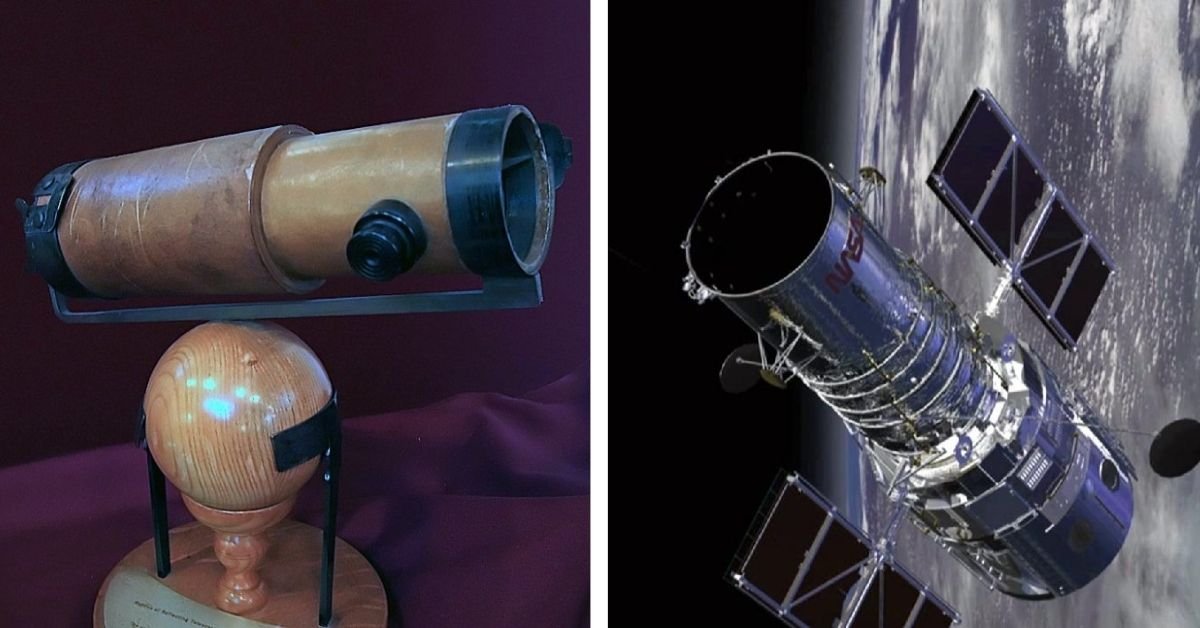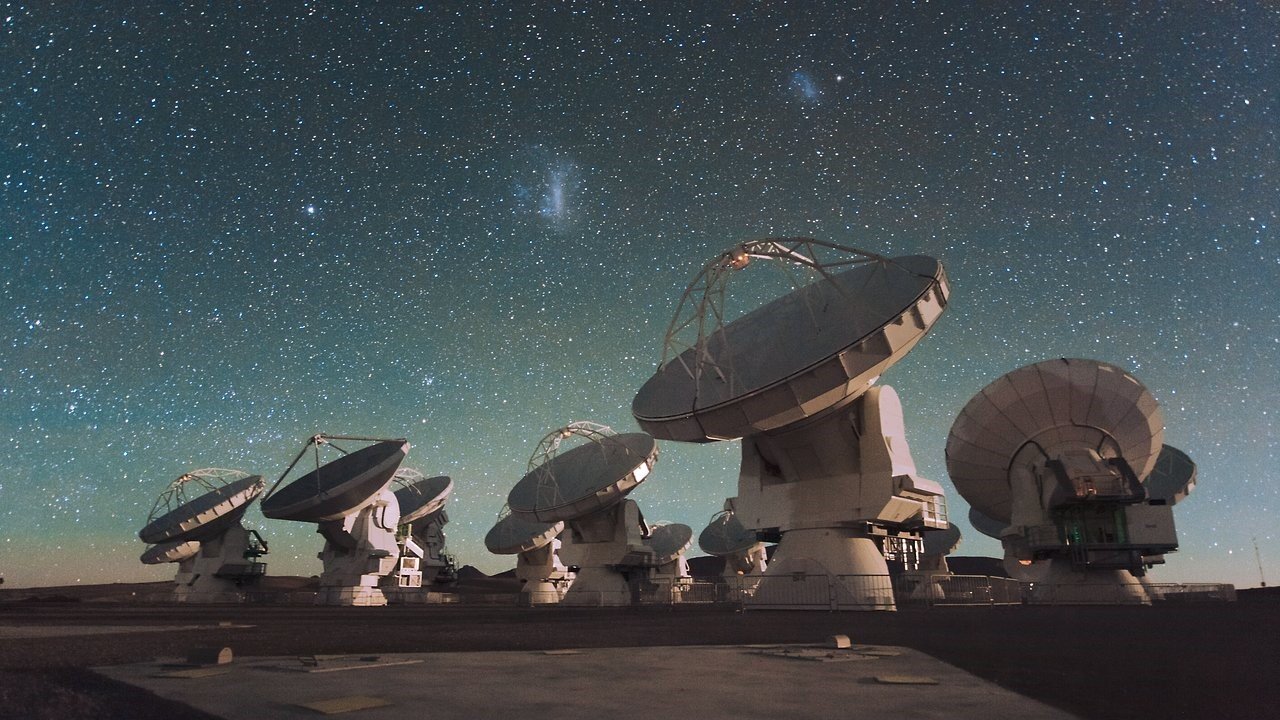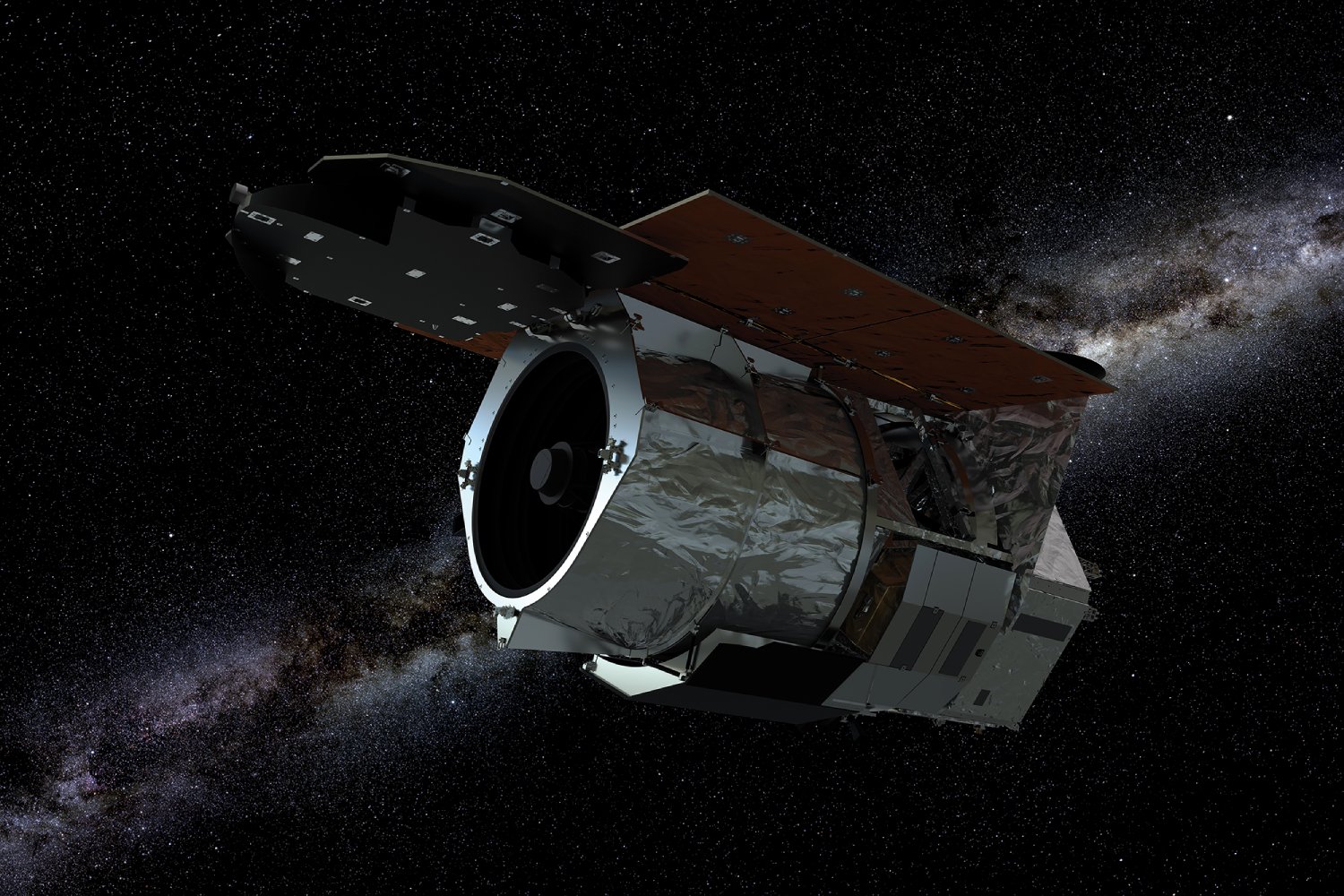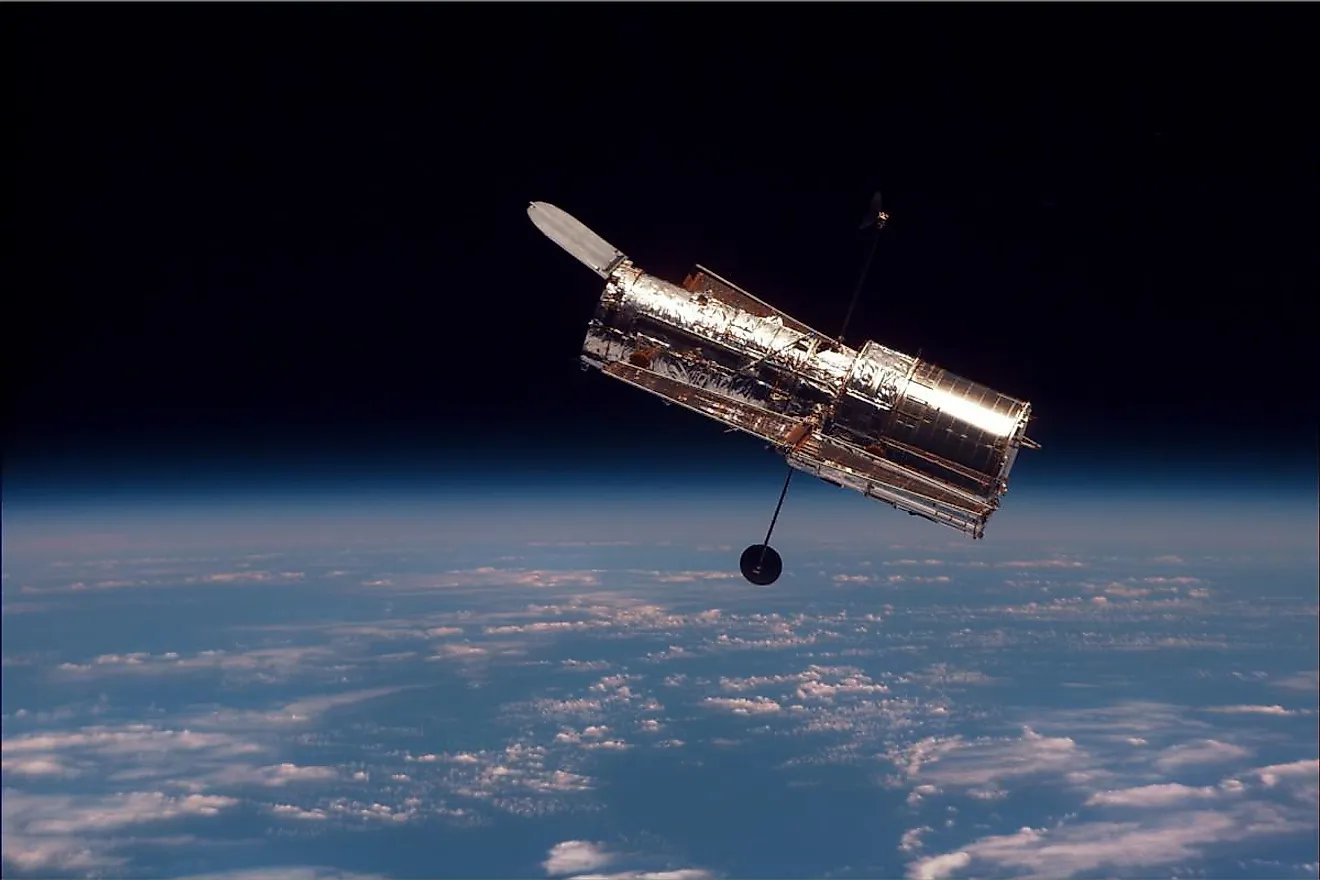For centuries, humanity has gazed at the night sky, seeking answers about the universe. Thanks to tech advances, telescopes let us look deeper into space than ever. These instruments have changed how we see space. They help us find distant galaxies and detect exoplanets.
The best telescopes in astronomy reveal amazing insights. They help us understand how stars form and uncover the mysteries of dark matter. In this article, we’ll look at the most advanced telescopes. We’ll compare Hubble and James Webb. We’ll also talk about future telescope missions. They might change how we see the universe. Whether you’re a fan of astronomy or just like stargazing, this guide reveals the amazing capabilities of modern telescopes.
The Evolution of Telescopes: From Galileo to Space Observatories

Early Telescopes and Their Impact
Astronomical observation started in the early 17th century. Galileo Galilei built one of the first telescopes to explore the skies. His discoveries changed astronomy. They included Jupiter’s moons, the phases of Venus, and Saturn’s rings. These findings set the stage for future advancements in telescopes. Telescopes got stronger over time. They changed from basic optical lenses to advanced mirrors. Now, they can even detect radio waves.
Key milestones in telescope evolution:
- 1609 – Galileo’s telescope magnifies objects up to 20 times, marking a new era of celestial observation.
- 1781 – William Herschel discovers Uranus using a reflecting telescope, expanding our knowledge of the solar system.
- 1845 – The Leviathan of Parsonstown, the largest telescope of its time, reveals the spiral structure of galaxies.
- 1948 – The Hale Telescope (5.1m mirror) becomes the world’s largest optical telescope, enhancing deep-space exploration.
- 1990 – The Hubble Space Telescope (HST) is launched, providing unprecedented deep-space images and expanding our understanding of cosmic evolution.
Hubble vs James Webb: A Comparison of the Giants
The Hubble Space Telescope (HST)
Launched in 1990, Hubble has provided some of the most breathtaking images of the universe. Operating in visible and ultraviolet light, HST has captured the birth and death of stars, the expansion of galaxies, and even evidence of dark matter.
Hubble’s Key Achievements:
- Deep Field Observations: The Hubble Deep Field and Ultra Deep Field images revealed thousands of galaxies billions of light-years away, offering insights into the early universe.
- Exoplanet Discoveries: Hubble’s spectroscopy capabilities allowed scientists to analyse exoplanet atmospheres, detecting water vapour and other crucial elements.
- Dark Energy Research: Hubble’s observations of distant supernovae provided strong evidence that the universe’s expansion is accelerating due to dark energy.
- Galactic Evolution Studies: Hubble’s long-term observations have helped astronomers understand how galaxies change over billions of years.
The James Webb Space Telescope (JWST)
The James Webb Space Telescope (JWST), launched in 2021, is the most advanced space telescope to date. Unlike Hubble, which primarily captures visible light, JWST is designed to observe the universe in infrared wavelengths, allowing it to peer through cosmic dust and detect the faintest galaxies from the early universe.
JWST’s Advantages Over Hubble:
- Infrared Capabilities: JWST can see through dust clouds that obscure star formation, providing clearer insights into stellar nurseries and planetary systems.
- Larger Mirror: A 6.5m mirror compared to Hubble’s 2.4m mirror, allowing for significantly higher resolution and sensitivity.
- Colder Operating Conditions: Positioned at Lagrange Point 2 (L2), far from Earth’s heat and light interference, ensuring optimal observations.
- First Direct Imaging of Exoplanets: JWST’s ability to detect infrared heat allows for better imaging of exoplanets and their atmospheres, improving the search for potentially habitable worlds.
Other Groundbreaking Telescopes in Astronomy

The Atacama Large Millimeter Array (ALMA)
Located in Chile’s Atacama Desert, ALMA is the world’s most powerful radio telescope array. Unlike optical telescopes, ALMA detects radio waves emitted by cold celestial objects, such as star-forming regions and gas clouds in distant galaxies.
ALMA’s Contributions:
- Studied Protoplanetary Disks: ALMA provided high-resolution images of disks around young stars, revealing how planets form.
- Detected Complex Organic Molecules: Found molecules like cyanide in distant star systems, hinting at the building blocks of life beyond Earth.
- Mapped the Early Universe: Helped trace the formation of galaxies by detecting faint millimeter-wavelength light from early cosmic structures.
The Extremely Large Telescope (ELT)
Set to be operational by 2027, the ELT in Chile will feature a 39m mirror, making it the largest optical telescope ever built. This groundbreaking telescope is expected to revolutionise our understanding of exoplanets and galaxy formation.
Expected Discoveries:
- Detailed studies of exoplanet atmospheres, searching for signs of water, oxygen, and other life-supporting molecules.
- Direct imaging of exoplanets in habitable zones, offering unprecedented insights into their climates and potential habitability.
- Observations of the earliest galaxies, helping us understand the first billion years after the Big Bang.
Future Telescope Missions: What Lies Ahead?

The Nancy Grace Roman Space Telescope
Launching in the mid-2020s, this telescope will study dark matter and dark energy. It will help us understand the universe’s structure and its fate. It will feature a wide-field view, capable of surveying the sky faster than Hubble.
The Giant Magellan Telescope (GMT)
Expected to be operational by 2030, the GMT will be ten times more powerful than Hubble. Its segmented mirror design offers better resolution. This helps astronomers find biosignatures on exoplanets and study how early galaxies formed.
The LUVOIR & Habitable Worlds Observatory
Planned for the 2040s, these new telescopes will focus on finding Earth-like exoplanets. They will also explore the origins of life outside our solar system. LUVOIR will feature a mirror as large as 15m. This will allow it to detect exoplanets with amazing clarity.
The Future of Astronomy
Modern telescopes expand our understanding of the universe. They provide fresh insights into the cosmos. From Hubble and James Webb to future telescopes, each step helps us find out: Are we alone? How did the universe begin? What does the future hold?
As technology advances, telescopes will grow stronger. They will reveal secrets deep in space. Stay tuned for the next era of cosmic discovery! If you’re inspired, visit an observatory or join online telescope projects.
What do you think the next major astronomical breakthrough will be? Share your thoughts in the comments below!


